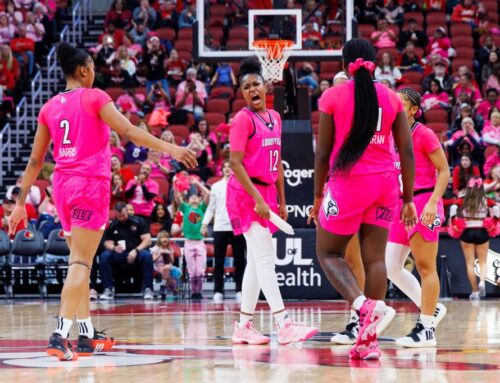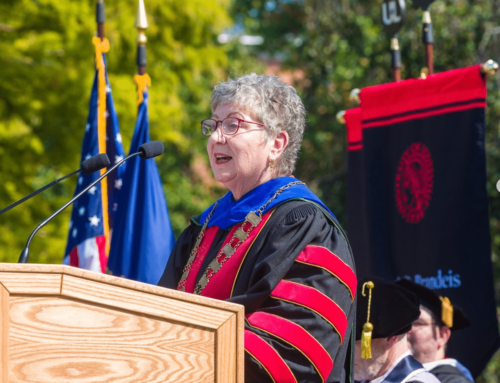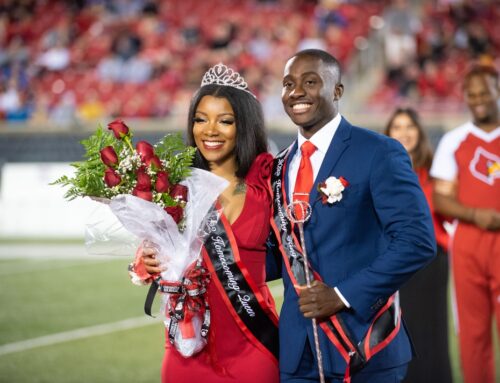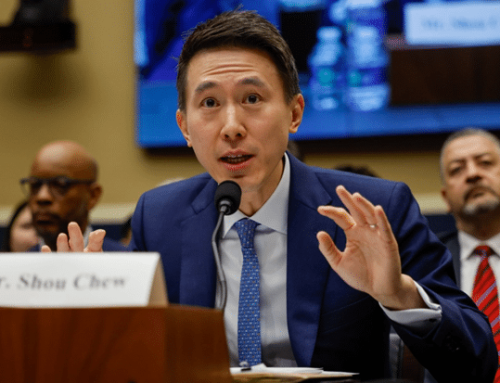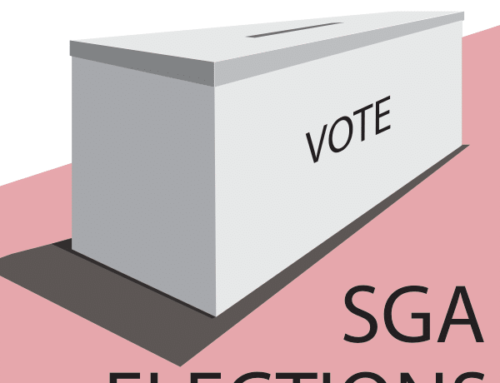Very few topics in recent news have yielded more controversy than the life and legacy of Stanley “Tookie” Williams. At the time of his execution last month, Williams had a resume reminiscent of Jekyll and Hyde, beginning as the alleged co-founder of the Crips and ending as one of the most influential anti-gang activists in America. Add convicted murderer, San Quentin death row inmate, Nobel Peace Prize candidate and recipient of the U.S. President’s Call to Service Award to the list, and you have a spaghetti junction of debate that evokes a carnal street predator and ghetto saint simultaneously.
That duality distracts us from larger conversations that outlive his flesh and bone. Without question, it is impossible to divorce Tookie from the Crips, a notorious street gang that has terrorized more black communities than any white supremacist group. In his last years, as one of the loudest anti-gang voices, Tookie acknowledged that legacy. “Teach them how to avoid our destructive footsteps,” Williams said on a recorded tape played at his funeral. “Teach them to promote peace and teach them to focus on rebuilding the neighborhoods that you, others and I helped to destroy.”
Although many street gangs started up to oppose police brutality and the inability to control crime, they have become, in the words of Dhoruba Bin-Wahad, “predatory, apolitical and reactionary.” Bin-Wahad, a former Black Panther who was falsely incarcerated for 19 years, wrote in the aftermath of Tookie’s execution that “African-America should have judged and punished Tookie Williams,” but that America lacks “temporal power” or “institutions for social justice to exact a political consequence on those who make war on our community.” He notes that the rise of street gangs is a result of the black experience in racist America coupled with the absence of positive influences in local communities. “Not one black institution existed that embraced and channeled their warrior spirit in a positive direction,” Bin-Wahad wrote.
Bin-Wahad recognizes the rise of street gangs as analogous to the destruction of organizations outside the civil rights establishment, such as low-level state functionaries, professionals, business leaders and clergy. Since the demise of radical models outside the elite stratum, the social station of the thug has accumulated prestige, hegemony and mass participation in several urban centers.
Thus, existing antagonisms in the inner city have been depoliticized and surface in alienated and misinterpreted forms. Grassroots calls for Black Power have been replaced by corporate-sponsored chants of Thug Life.
What remains of the authentic black political left often does little to distinguish itself or its ideas from the “predatory, apolitical and reactionary” philosophy of street gangs. Instead, its last remnants have adopted a “hug-a-thug” mentality that makes a sad attempt to mix progressive politics with thug life. That would explain much of the naked appeasement of such activities by many of the so-called scholars, activists, revolutionaries and radicals, all which border schizophrenia.
Proponents have seriously misinterpreted the sophisticated and hard-boiled ideology within street gang culture. Their conclusion reduces street gangs to a band of kindergarteners that simply need a better knowledge of self. One wonders how many more black lives must suffer at the hands of these conductors of sordid capitalist philosophy, social intimidation and violence before the real fighters stand up.


